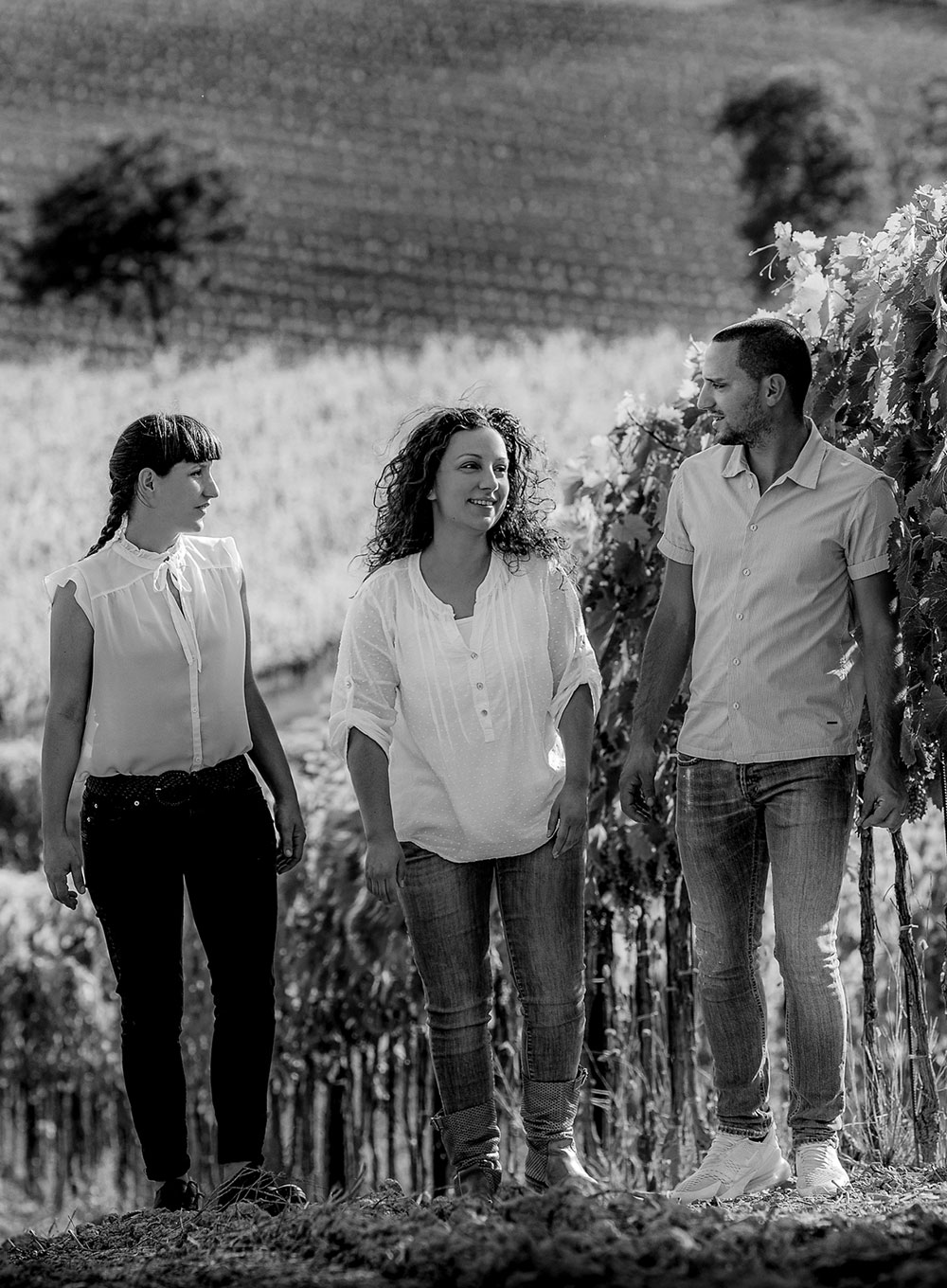
Rosso di Montalcino
DENOMINAZIONE DI ORIGINE CONTROLLATA

Vineyards: North-East side of Montalcino hill in the Canalicchio area, 300 mt altitude above sea level.

Soil: strong clay composition, rich of nutritive elements, as Magnesium, Potassium, Boron and Manganese.

Grape variety: Sangiovese.

Training system: spurred cordon with 4.000 vines/ha.

Sustainability: green manure to improve soil structure, compost with pruned shoots to keep soil fertility, mating disruption to prevent the spreading of the vine moth.

Vinification: stainless steel tank with temperature controlled with pumping over and délestage, followed by medium-long maceration on the skins.

Ageing: over 6 months in big Slavonian and French oak barrel, followed by a short bottle ageing.

View: ruby red colour.

Bouquet: floral, fruity, fragrant.

Taste: good structure and pleasantness, balanced and harmonious.

Service temperature: 16-18 °C

Food pairing: first dishes with rich sauces, cold cuts and cheeses. Recommend with “Cacciucco”.

First vintage: 1975

Sizes: 0,75 l


